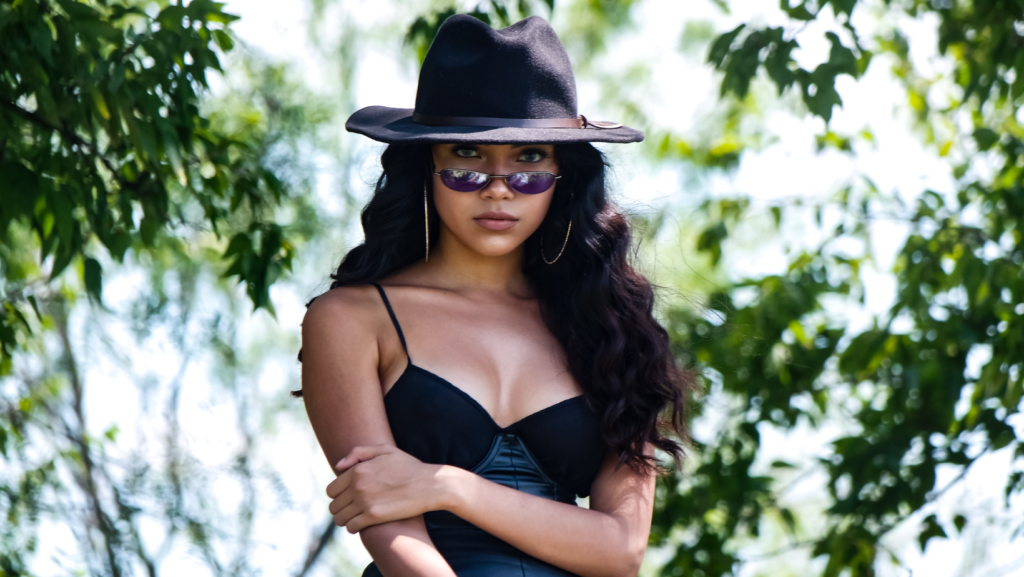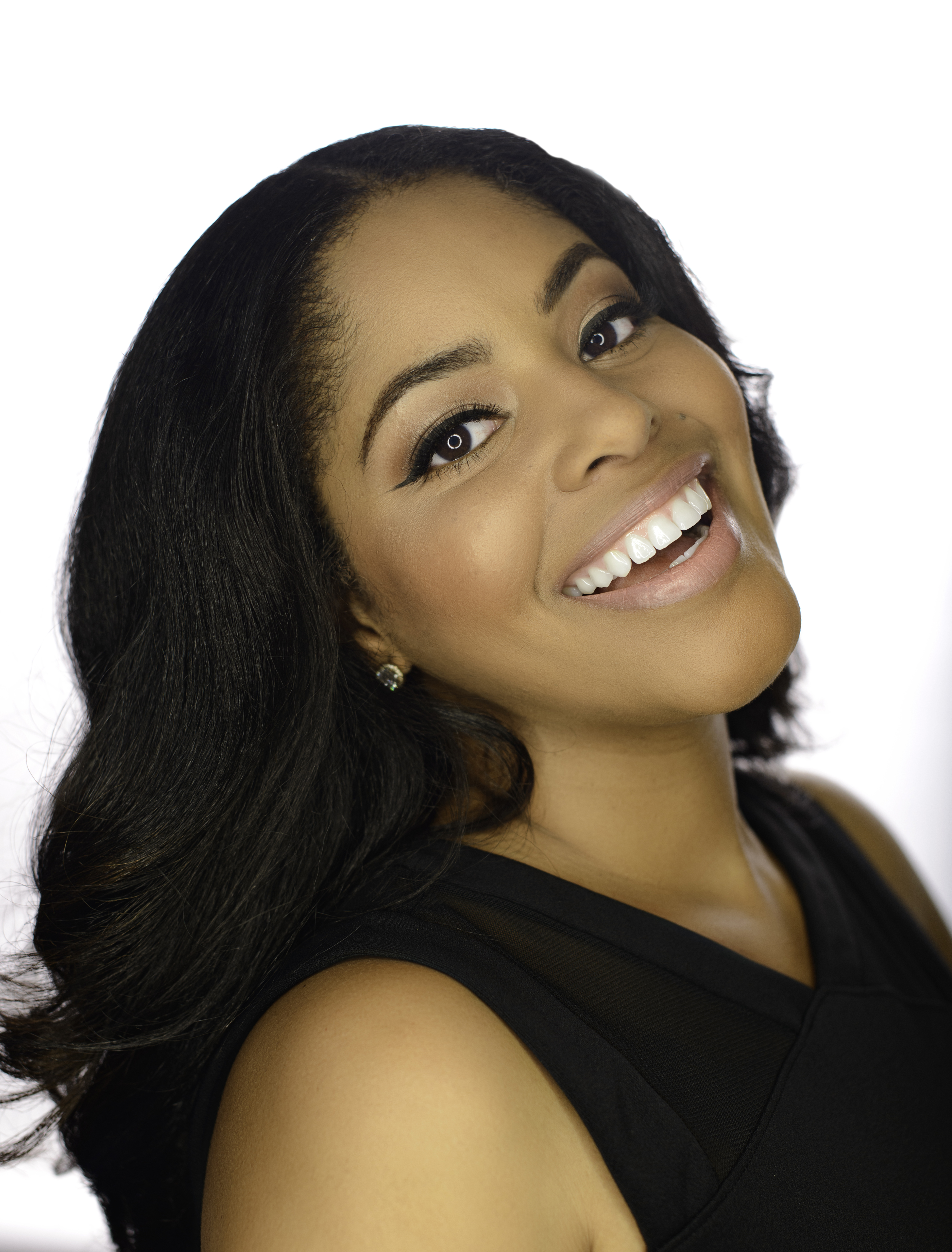ORIGINALLY PUBLISHED MARCH 15, 2018. UPDATED ON SEPT. 14, 2024
The following article begins our series, Too Latin To Be Black, Too Black to be Latin.

The struggle of self-identity for Afro-Latinas
If you’re living in the United States and don’t believe racism still exists, sorry to say it, you’re living under a rock. We’re taught about it in our history books and documentaries; about how the Europeans (aka colonizers if you have seen ‘Black Panther’) came over to Africa to steal our ancestors and ship them as cargo to work the cotton and tobacco fields in the Americas. But the slave ships didn’t just stop in North America. They also made pit stops in South America and the Caribbean as well, hence where we find our cousins (yes our cousins), Afro-Latinos.
Although the term is a little over 30 years old, the people it describes could be traced back to colonial days. Afro Latinos are people of Latin descent who share an African ancestry.
The term was recently given new light on VH1’s reality series, Love & Hip-Hop Miami in 2018. In the first episode of season 8, we were introduced to breakout, Latin crossover star, Amara La Negra. During her meeting with fellow castmate and producer, Young Hollywood, he criticized for her auburn-colored afro. The producer suggested she needed to look a “little more Beyonce and less Macy Gray” if they were to work together and if she was to be marketable as an artist. Hollywood later apologized and soon after, Amara, whose real name is Diana Danelys De Los Santos, was signed to a major record label- afro crown and all. That same year, The BreakFast Club, co-host Charlemagne, had to be schooled on Afro Latinos, after suggesting to La Negra that the prejudice against her is all in her head.
“It’s really sad the fact that I feel I have to prove myself because every single part of me is being questioned,” the Dominican Republican native said during the January 2018 interview. “Just because I feel there’s a lot of ignorance that comes with the Afro-Latina people; people don’t understand.”
She continued, “Even when I read comments like, ‘I never knew there were black people who spoke Spanish.’ Where have you been living? Under a rock?”
Well news flash: there are Black people who speak Spanish!
These incidents with La Negra show the lack of education and representation. There is a common misconception that every Latina woman resembles Jennifer Lopez, Selena, Selma Hayek or Sofia Vergara. Yet travel to countries such as the Dominican Republic, Cuba and even Mexico (who only started allowing people to identify as Afro-Mexican in 2015), and you’ll find all kinds of beautiful brown shades, some as dark as the ones off the coast of the motherland Africa.
Afro Latinos are left fighting to prove their place within these respective cultures, which is sad because thousands of communities across our country thrive with Latin influences.
Here in Tampa, it’s common to drive down the historic streets of West Tampa and Ybor City and the strong, authentic smell of Cuban coffee floats through your air vent and awakens all your senses.
Too black
“For me personally, I’m Puerto Rican and black,” says 37-year-old Angel Richards, an entrepreneur and author from Tampa, Fla. “I don’t say I’m just Puerto Rican, I don’t say I’m just black.”
 And she is not alone. According to a 2014 survey from the Pew Research Center, at least 25% of all Latinos who live in the U.S. self-identify as Afro-Latino. Most of these individuals live in the south or along the east coast.
And she is not alone. According to a 2014 survey from the Pew Research Center, at least 25% of all Latinos who live in the U.S. self-identify as Afro-Latino. Most of these individuals live in the south or along the east coast.
Kayla Boronell, 27, is another Tampa Fla., native who also self-identifies as Afro-Latina.
“Culturally I’m West Indian and Afro-Cuban,” she says. “I also identify as a black woman in America which carries its own distinct set of experiences.
Boronell’s Cuban roots come from her grandfather on her mother’s side, who she says always made her feel proud about her heritage.
“I grew up culturally well rounded,” says Boronell, “and have always had an appreciation for myself, my culture and others.”
Unlike Boronell, Richards says growing up she was the only person on her mom’s side that was mixed with black. All of her other siblings had different fathers who were Hispanic. The difference made her feel like an outcast among her family.
“I never felt like I fit, like I belonged,” she says. “When I was smaller, it was cute to be the little black girl, but as I started to get older I would get into arguments with family members and they would call me things like black bitch or nappy head.”
Richards says one minute her family could be complimenting her beautiful, black soft hair and praising its thickness and how it holds a curl and the next moment make a negative comment about it. The criticism was even worse among her friends, who would try to force her to choose who she spent her time with.

“When I was in school, it was either I’m going to hang with the Spanish girls or I’m going to hang with the black girls,” Richards says. “I didn’t pick or choose who I wanted to hang out with, but sadly the black girls had a problem with me hanging with the Spanish girls.”
Ironically, Richards’ Spanish friends never had a problem. Nevertheless, those experiences with her family and close friends left her feeling insecure.
“When I was smaller, it was cute to be the little black girl, but as I started to get older I would get into arguments with family members and they would call me things like black bitch or nappy head.”
Although she was never bullied growing up, Boronell recalls one incident in middle school that forever became a teaching moment. For a class project, the kids were asked to dress in cultural attire and bring a food dish that represented their family’s heritage. Kayla chooses to bring her aunt’s famous handmade guava Jelly to share and dress as a guajira (a Cuban country girl).
“They (her classmates) thought I was representing Jamaica because they weren’t aware you could be both black and brown and Latino,” she said. “That was my first time realizing that others perceived me as ‘too’ black to possibly be Latino.”
Out of the 25% of Latinos who live in the U.S., according to the Pew Research Center, only 18% identified as black. One possible reason for the small distinction is how Hispanics identify themselves.
“If you’re dark and Hispanic, I don’t feel you have to say you’re black if that’s not how you identify yourself,” Richards says. “And it’s not because you are ashamed of being black, but you weren’t raised culturally black.”
Also we must understand that colorism isn’t just a “black thing.” Even light-skinned Hispanics are known to face discrimination for their body shape and hair type.
“They thought I was representing Jamaica because they weren’t aware you could be both black and brown and Latino.”
Why choose? Stop struggling
Nevertheless, Richards believes biracial people should not feel like they have to pick what they are.
“People look at me and say ‘well you look black’ so that’s their perception of who I am,” Richards says, “but be yourself and whatever you identify with, be comfortable with that.”
Thankfully, social media are giving Afro Latinas, like Richards and Boronell a voice and allowing them to speak out about their mixed heritage. The hashtag #afrolatina on Instagram has almost 235,000 posts and beautiful, melanin Latina women such as Amara La Negra, Juju, Zoe Saldana, Christina Milian, La La Anthony will no doubt keep the trend viral. And for those Afro Latinas who are still struggling to find themselves, stop struggling.
“You are important,” says Boronell. “You are the result of two beautiful cultures. If you have curly hair or straight, if you are the color of cafe or take on a lighter tone, be proud and walk in the light of who you are. There’s no box to be put into.”

